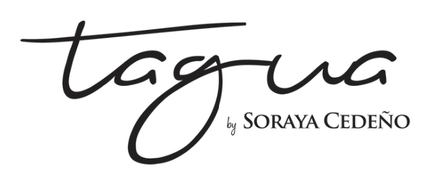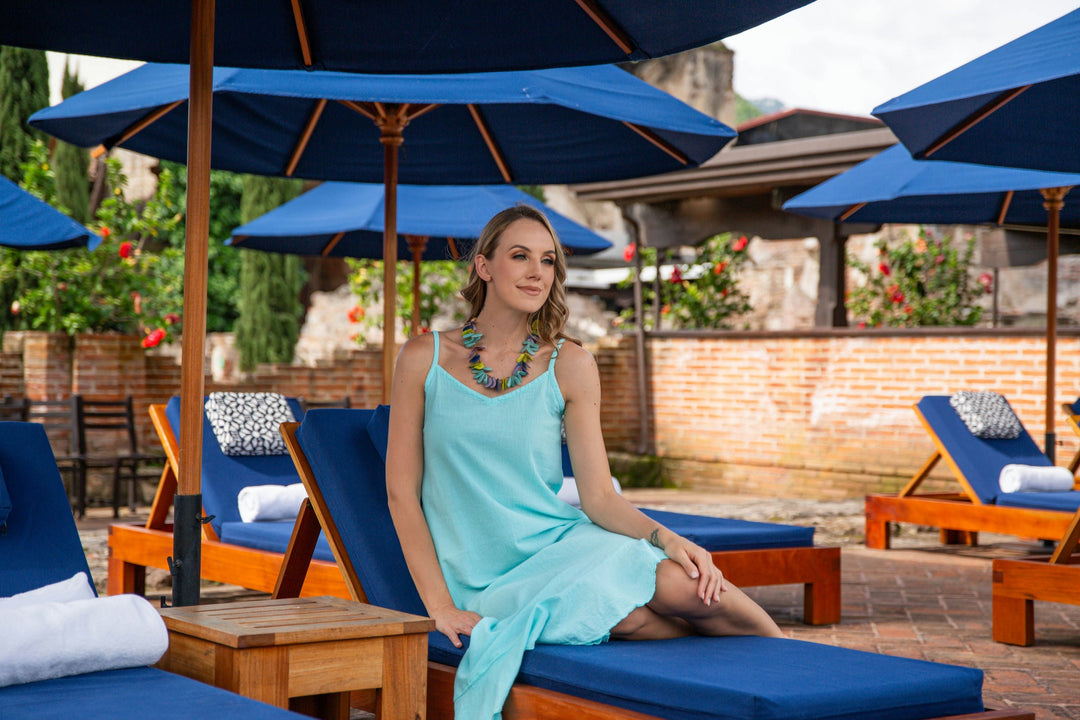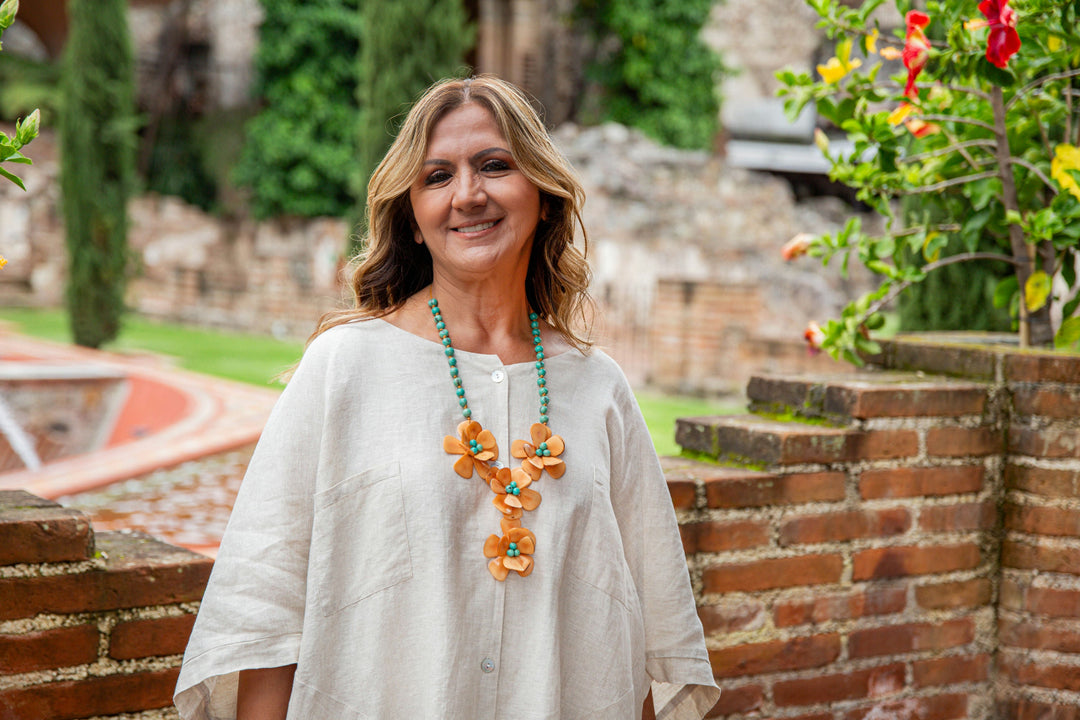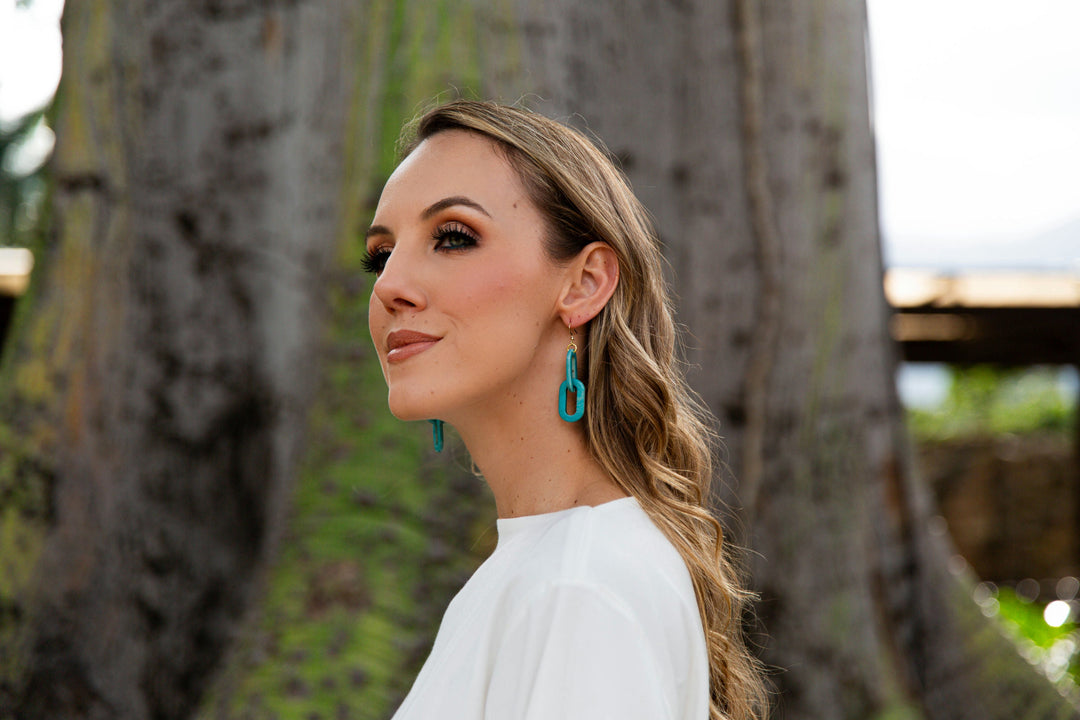How is the fashion industry changing in 2025, and what's the future?

The fashion industry has always been one of the fastest-moving sectors in the world. But 2025 marks a clear turning point. Consumers are increasingly seeking brands that align with their values, brands that care about the planet, prioritize people, and create products that last longer than a single season. This shift is reshaping how fashion is designed, marketed, and sold, from high-end travel retail to boutique artisan jewelry made with eco-friendly materials like the Tagua nut.
In this guide, we’ll explore how the fashion industry is changing in 2025, what this means for the future, and how companies such as Tagua By Soraya Cedeno are part of this global transformation.
The Rise of Sustainable Fashion in 2025
Growing consumer demand
According to a 2024 McKinsey survey, over 70% of consumers in the United States said they would pay more for sustainable fashion items. This demand is driving significant changes in how brands produce and distribute their products. The shift isn’t just about reducing harm it’s about creating value responsibly.
Beyond “greenwashing”
In the past, many companies used sustainability as a marketing buzzword without proper accountability. In 2025, customers expect evidence. Brands now face pressure to provide certifications, traceable sourcing information, and transparency about supply chains. This is leading to stronger regulation and a real commitment to practices that lower carbon footprints and protect ecosystems.
Where jewelry fits in
Jewelry is an often-overlooked part of the sustainable fashion conversation. Eco-friendly jewelry made with natural, renewable materials like the Tagua nut from South America provides a stylish alternative to metals and plastics that are resource-intensive. Handmade sustainable jewelry is no longer a niche; it’s a growing category in the U.S. fashion market.
Travel Retail and Boutique Shopping Experiences
The role of travel retail
Travel retail, particularly in airports and tourist destinations, is thriving again in 2025. Shoppers are no longer just looking for convenience; they’re searching for meaningful purchases that reflect local culture and sustainability values. This trend has boosted the presence of boutique jewelry and artisan brands in travel retail spaces.
Why boutique matters
Boutique shopping offers something mass retail cannot storytelling, human connection, and authenticity. Shoppers want to know who made their jewelry and what impact their purchase has on the environment and community. This creates opportunities for artisan brands to thrive by offering pieces that are more than accessories; they are experiences and symbols of conscious fashion.
Tagua Nut: A Natural Alternative in Sustainable Fashion
What is Tagua?
The Tagua nut, often called “vegetable ivory,” comes from palm trees in South America. It is a renewable, biodegradable material that can be carved and polished into beautiful jewelry. Unlike plastic or animal ivory, Tagua is harvested without harm and supports local communities through fair trade practices.
Why it matters in 2025
-
Eco-friendly: Tagua jewelry is biodegradable, reducing waste in landfills.
-
Animal-friendly: It provides an alternative to ivory without endangering wildlife.
-
Community impact: Harvesting and crafting Tagua supports artisans and families in rural areas, creating sustainable livelihoods.
By wearing handmade, sustainable jewelry made from Tagua, consumers make a choice that reflects both style and responsibility.
How Artisan Jewelry Is Redefining Fashion
From accessory to statement
Artisan jewelry is no longer a side note in fashion. In 2025, it has become a way for consumers to express individuality and values. Wearing a boutique jewelry piece made by artisans tells a story of culture, heritage, and sustainability.
The slow fashion movement
The slow fashion movement emphasizes fewer, better pieces. Artisan jewelry fits perfectly within this framework, offering designs that are timeless rather than trend-driven. This approach supports more mindful consumption, which has become central to sustainable fashion.
Bridging tradition and modern style
Artisan crafts like Tagua jewelry combine centuries-old techniques with modern aesthetics. This blend appeals to today’s consumer, who values authenticity but also wants fashion that feels current.

Scientific and Environmental Evidence Supporting Change
Research shows that the fashion industry contributes nearly 10% of global carbon emissions (United Nations Environment Programme, 2023). Much of this comes from mass production and synthetic materials. Switching to renewable, plant-based materials reduces environmental damage significantly.
For example, biodegradable jewelry made from Tagua reduces reliance on petroleum-based plastics. Additionally, sustainable sourcing supports biodiversity in South American rainforests by encouraging the conservation of Tagua palm trees. Studies have also shown that eco-friendly materials have a lower life-cycle impact, from production to disposal.
Fashion in the United States: A Market Ready for Change
The U.S. is one of the largest fashion markets in the world, and in 2025, it is leading many of the sustainability trends. Consumers are prioritizing:
Transparency
Knowing where and how products are made.
Ethics
Supporting brands that provide fair wages to artisans.
Quality
Buying jewelry and clothing designed to last.
This creates opportunities for brands like Tagua By Soraya Cedeno, which already embody these principles by offering eco-friendly jewelry that is both stylish and responsible.
The Future of Sustainable Fashion
Looking ahead, the future of fashion is being shaped by three key forces:
Circular Fashion Systems
Recycling, upcycling, and repurposing materials to extend product life.
Technology and Traceability
Blockchain and digital product passports enable consumers to track the entire journey of a piece, from raw material to finished jewelry.
Cultural Integration
Highlighting local artisan skills and traditional materials like Tagua nut as mainstream fashion options.
By 2030, experts predict that sustainable fashion will no longer be a specialty category; it will be the standard. Brands that ignore this shift risk losing relevance.
Tagua Jewelry: Leading the Change
Tagua by Soraya Cedeno is a strong example of how sustainable fashion and artisan jewelry are shaping the industry’s future. The brand’s commitment to using the Tagua nut ensures that every piece of jewelry is eco-friendly, handmade, and culturally meaningful. It connects U.S. consumers with artisan communities in South America while offering elegant pieces for everyday wear or travel retail.
This is not just jewelry; it’s a movement toward conscious fashion choices.

Choosing a Sustainable Future
The fashion industry in 2025 is at a crossroads. While fast fashion still exists, the momentum is moving toward sustainability, ethics, and artistry. Consumers want jewelry and clothing that reflect who they are and what they believe in.
By embracing sustainable fashion through materials like the Tagua nut and supporting handmade, sustainable jewelry, individuals can make choices that protect the planet and uplift artisan communities.
If you’re ready to explore unique, eco-friendly designs that embody the future of fashion, visit Tagua By Soraya Cedeno and discover jewelry that tells a story of sustainability, culture, and timeless beauty.





